The best performing asset classes over 20 years
What really built wealth for Australian investors over the past two decades?
That’s the question the inaugural Livewire Long Term Investing Report set out to answer.
Together with Market Index's datawiz, Kerry Sun, and property research firm Cotality, we analysed 20 years of performance across seven key asset classes: Australian and U.S. shares, residential investment property, A-REITs, bonds, physical gold, and cash.
Though this report reflects on past performance, its findings sit at a confluence of present realities and future challenges, offering investors, advisers, and asset allocators a timely opportunity to rethink whether they're positioned for long-term success.
Watch the video or read the written summary below for a break down of the performance of each of the seven asset classes, from worst to best.
Please be sure to download our big, beautiful chart pack and share it with your colleagues, friends, family, and clients. We’re confident the results will surprise even the most seasoned investors.
➡️ DOWNLOAD LIVEWIRE LONG-TERM INVESTING REPORT 2025 CHART PACK
METHODOLOGY
This report measures total returns across seven major asset classes of significance to Livewire readers over the past 20 financial years - from FY2005/06 to FY2024/25.
We excluded Bitcoin due to its nascency and lack of a 20-year track record, as well as emerging markets and European equities, which typically represent peripheral allocations rather than core portfolio holdings.
Total returns assume that all dividends, coupons, rental income, and other cash flows are reinvested back into the corresponding asset.
Our analysis is unique in its treatment of investment property, which is often misrepresented by commentators who focus solely on price growth. For this asset class, we used nationwide dwelling value data supplied by Cotality, which applies a Hedonic Total Return Index across the Australian housing market.
The Index measures performance by combining capital growth and rental income, with the assumption that rents are reinvested. Using a hedonic regression model that adjusts for variations in property characteristics such as location, size, and quality, it delivers a consistent, like-for-like benchmark for assessing long-term residential property returns.
All returns exclude the impact of fees, taxes, and currency fluctuations on assets such as gold and U.S. shares. Other data sources are listed in the accompanying chart pack.
🥁 And now... for the results!
RANK #7
Cash: Safe, but self-defeating
Cash may be king in a crisis, but over the long run, it’s a diminishing monarch.
Over 20 years, it returned just 3.03% per year, roughly equal to inflation (and often below in other time periods). The RBA’s cash rate was 5.50% in July 2005; it plunged to 0.10% during COVID, and ended the period covered in the report at 3.85% (and more recently, 3.60%).
There was a time you could lock in 7-8% term deposits at your local branch. Those days are gone. Savers have been forced into risk assets simply to stay ahead. Even with today’s near-4% rates, the verdict is clear: cash preserves capital in the short-term, but erodes wealth in the long-term.
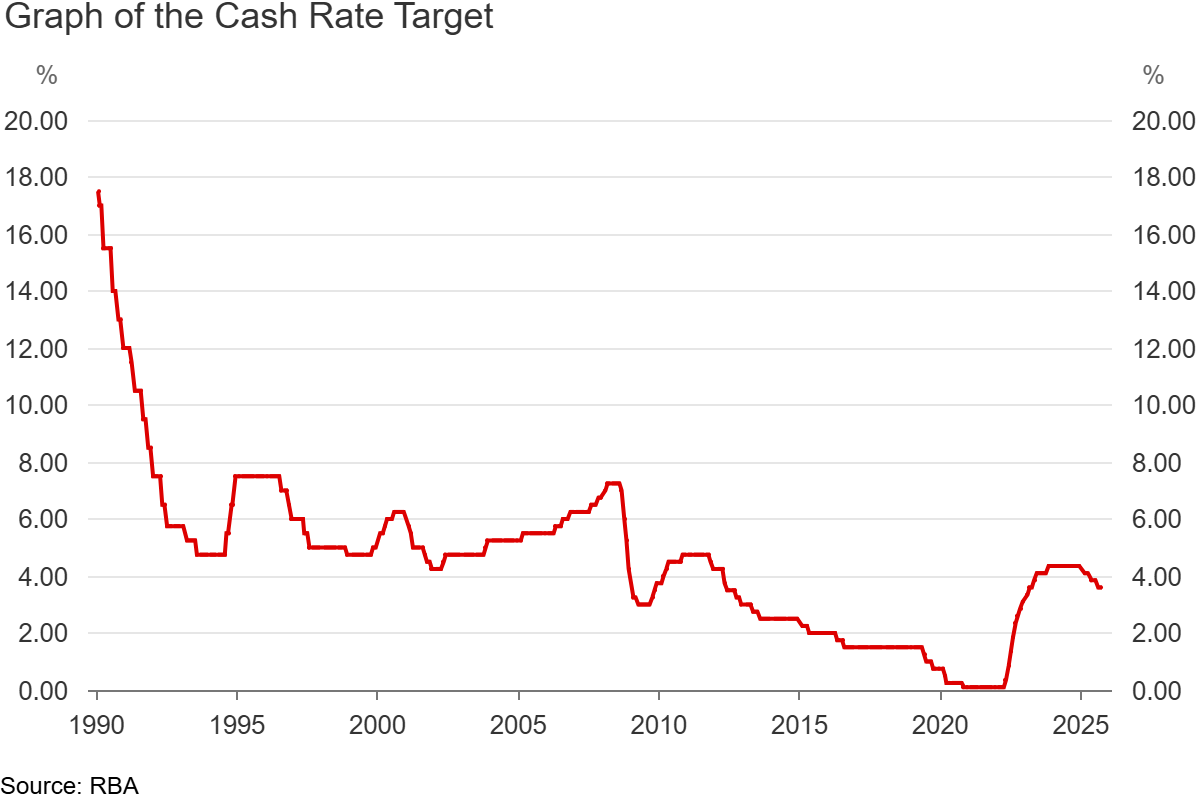
RANK #6
Australian fixed interest: From steady hands to shaky ground
Australian bonds quietly delivered 4.24% per year - until the post-COVID inflation shock broke their streak.
For the first 15 years of the study period, inflation was largely subdued and interest rates were in steady decline, fuelling one of the greatest bond bull markets in history.
But in 2022, when the RBA joined global central banks in its fastest hiking cycle on record, bond prices plunged, leaving conservative investors nursing real losses for the first time in a generation on the traditional “60/40” portfolio of equities and bonds.
In a poll conducted before publishing this report, over 1,500 readers correctly predicted that cash and bonds failed to keep pace with inflation, with bonds in particular delivering negative total returns over the past five years.
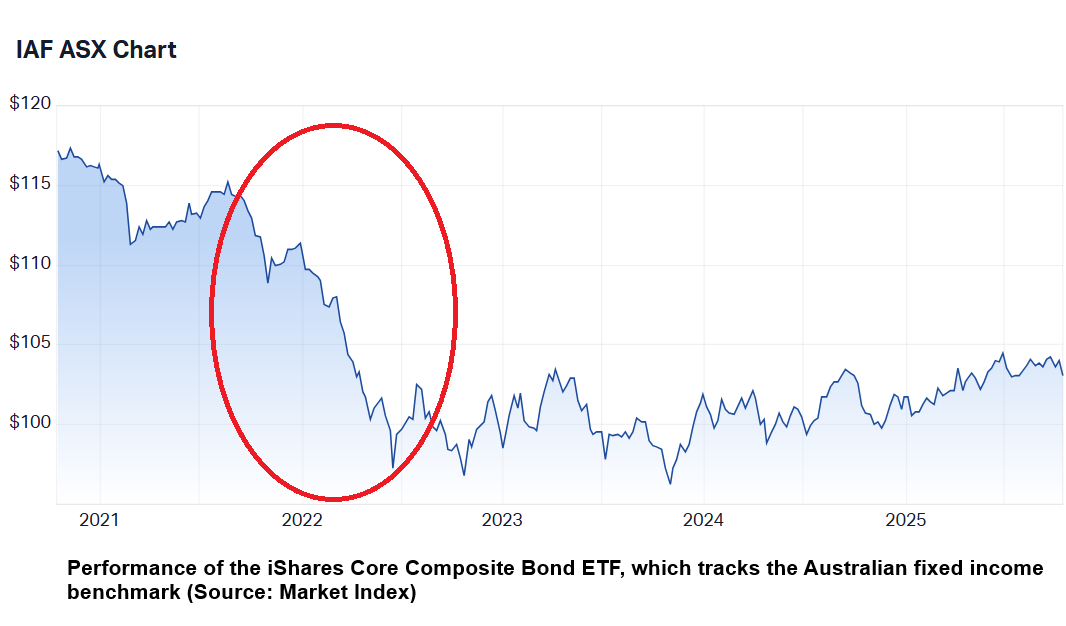
Bonds still matter, but it’s no longer enough to “set and forget.” Today, how you construct your fixed income allocation is just as important as the size of it. Yet even a well-built bond portfolio may not be enough on its own.
Major allocators such as Morgan Stanley are now leaning toward a 60/20/20 mix of equities, bonds, and alternatives in a nod to the new reality of higher volatility, stickier inflation, and a more complex investment landscape. Bell Potter has echoed this sentiment, highlighting the growing role of alternatives as the third pillar of a modern, diversified portfolio.
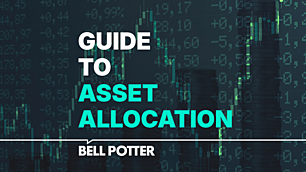
RANK #5
A-REITs: High yield, hard lessons
Australia’s listed property trusts delivered a respectable 5.05% per year over the past 20 financial years, but with wild swings along the way.
During the GFC, the sector plunged 55% as high leverage met the worst credit crunch in living memory. Many operators were forced to rebuild business models bloated with debt and dependent on borrowed money to fund distributions.
Another blow came in 2020, when offices and shopping centres were declared “dead.” The sector fell roughly 20% as lockdowns and remote work undermined sentiment and tested the viability of traditional business models.
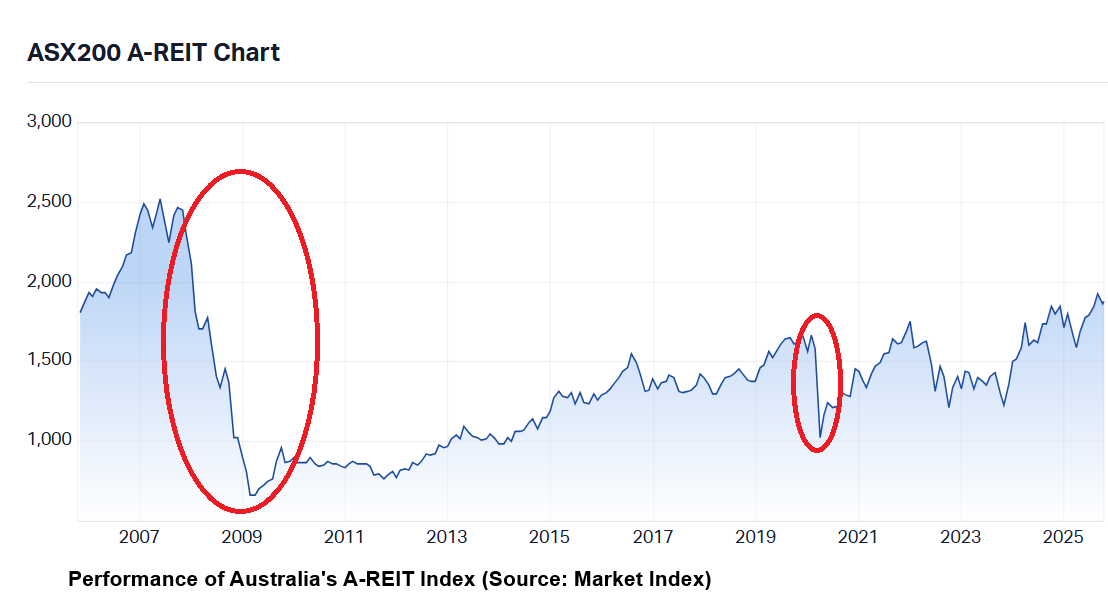
Yet today, A-REITs are once again in recovery mode, buoyed by falling interest rates, busy shopping centres, and soaring demand for data centres amid the AI boom.
Still, the past two decades have shown that A-REITs are a deeply cyclical income asset - one that shines when credit is cheap and optimism returns, but fades quickly when the tide turns.
RANK #4
Australian Shares: Built for income, not ignition
The asset class that dominates investing conversations for most Livewire readers was just outside medal contention - delivering a 7.55% annualised return over 20 years. That comfortably beat inflation but lagged the world’s premier growth story (which we’ll get to soon).
The ASX 200 produced middle-of-the-pack returns for the level of risk investors took. According to Bell Potter, Australian equities have carried a higher level of volatility than global markets over the past decade, yet delivered lower returns.
One reason Australian shares didn’t quite reach double-digit territory is structural. Australia remains a cyclical, dividend-driven market, heavily reliant on banks, miners, and supermarkets for returns. While that’s ideal for investors seeking income and franking credits, the broader index lacks the growth firepower of markets dominated by large global innovators.
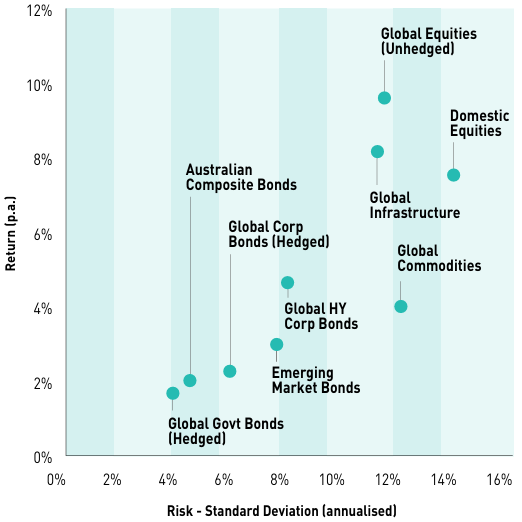
As Koda Capital’s Sebastian Ferrando has often noted on this platform, you buy Australia for dividends. But for growth, you need to go offshore.

RANK #3 (BRONZE)
🥉 Investment property: Australia’s enduring wealth engine
Before publishing the full results, more than 70% of our audience expected Australian equities to handily outperform the typical investment property. Unfortunately, that assumption was wrong.
Whether you bought a unit or a house - in Sydney or Perth - the typical Australian investment property outperformed the ASX 200, delivering a 9.16% annualised return over 20 years. Just as important as the higher return was the smoother path it took to get there.
As our chart pack shows, investment property experienced far less volatility than Australian equities or other growth assets. Of course, that’s not surprising - property is illiquid, and you can’t buy or sell it on a whim.
From 2010 to 2020, ultra-low interest rates fuelled a housing frenzy, transforming everyday investors into landlords - and, in many cases, millionaires.
The takeaway? Property has been the backbone of Australian wealth, thanks to its unique blend of leverage, rental income, and tax advantages.
As I’ve opined previously, you need property to be rich. But with prices where they are today, what might the next 20 years hold? We’ll unpack that with Cotality’s Head of Research, Tim Lawless, in an upcoming feature exploring the cities most likely to lead the next cycle.
.jpg)
RANK #2
🥈 U.S. Shares: The Silicon Rally and American Exceptionalism
“Never bet against America.” — Warren Buffett in 2021
Over the past 20 years, the S&P 500 returned 10.53% per year in USD terms, earning U.S. equities the silver medal. Returns were slightly higher for unhedged Australian investors, as the AUD/USD declined from around US$0.75 to US$0.65 over the period, providing a modest currency tailwind.
After a “lost decade” in the 2000s, the U.S. reinvented itself through Silicon Valley’s innovation machine, giving rise to the FAANGs and the Magnificent Seven: Apple, Microsoft, Nvidia, Netflix, Amazon, Alphabet, Meta, and Tesla.
Call it the Silicon Rally. These companies became the defining forces of global growth, riding structural themes including artificial intelligence, cloud computing, paid search, digital entertainment, and smartphones.
The era of ultra-low interest rates in the 2010s was a powerful tailwind. Investors were willing to be patient, funding years of innovation and market share expansion before profitability arrived - a patience that vanished abruptly when rates surged in 2022, triggering the sharp tech sell-off.
For Australians, the lesson is clear: home bias costs returns.
Global allocators, including Citi and BlackRock, continue to overweight the U.S., viewing it as the epicentre of compounding capitalism - and the market where innovation remains the ultimate driver of wealth creation.
RANK #1
🥇 Gold: The quiet achiever that outshone them all
"We have gold because we cannot trust governments." - U.S. President Herbert Hoover, 1933
And now, the surprise champion… gold! With an astounding 10.74% annual return in USD terms over the past 20 financial years, the King of Metals stands atop our report. Again, returns were slightly better for unhedged Australian investors.
This result surprised even the authors of this report and the Livewire editorial team. Along with more than 75% of readers, we expected U.S. equities to take the crown.
What’s striking about gold isn’t just its return, but the path of that return. A recent State Street paper (July 2025) found that gold is indeed the great diversifier - shining brightest in downturns, while quietly compounding through more consistent “up days” than almost any other asset class.
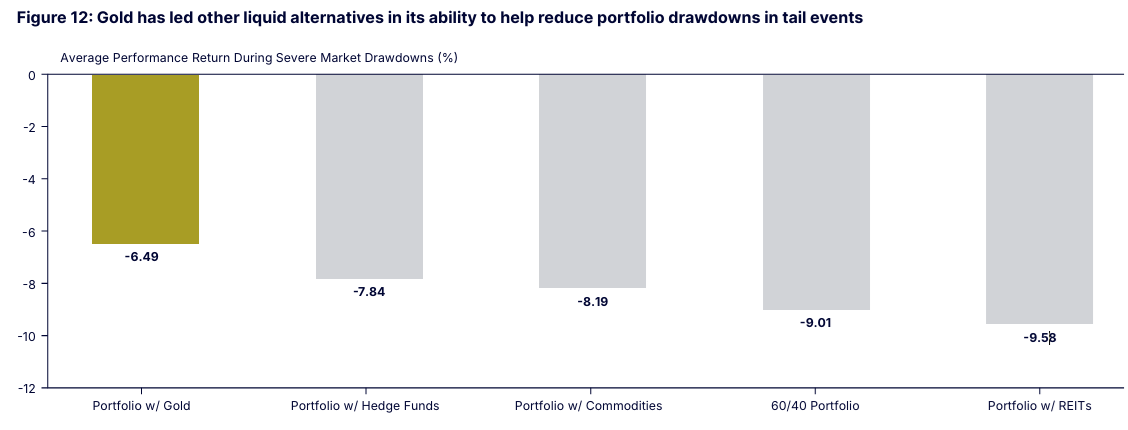
Gold’s unstoppable rise has been fuelled by crises, money printing, relentless central-bank buying, and the surge of ETFs, which gave investors an easy way to gain exposure without the hassle of physical storage, and, in recent times... queues outside ABC Bullion in Martin Place!
In virtually every market calamity of the past 20 years, covered by the chart below, gold showed its lack of correlation to U.S. equities.
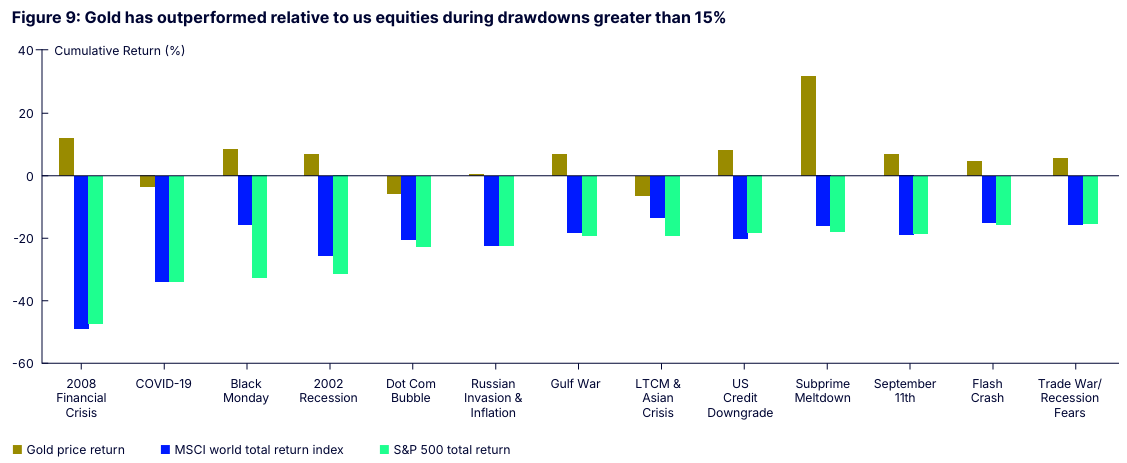
Think about markets over the past week. When the S&P 500 tumbled ~3% on Friday, 10 September, gold rose 1.5%. Then, when markets rebounded on Monday this week, gold surged more than 3%, doubling the U.S. market’s advance.
From around US$500/oz in 2005 to above US$4,000/oz in 2025, the metal outperformed every other major asset class... all while never paying a cent of cash flow along the way.
L1 Capital’s Mark Landau, who launched a gold fund on the strength of his conviction in the rally, told the audience at Livewire Live that central banks have an insatiable appetite for gold, reinforcing his belief that the rally has further to run.

Indeed, foreign central banks now hold more gold than U.S. Treasuries for the first time since 1996 - a symbolic shift in global trust.
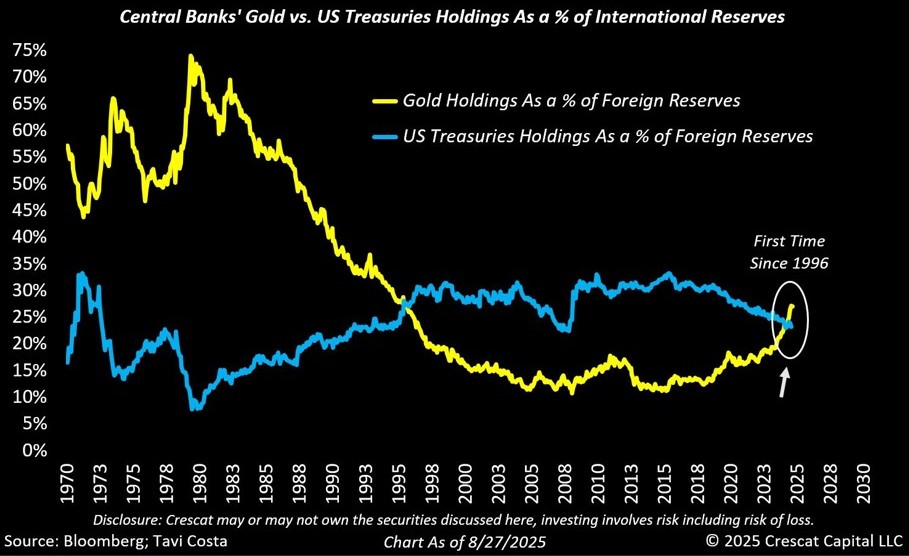
BMO Financial Group’s London-based Vice President of Commodity Research, George Heppel, put it best in a recent podcast:
“Federal deficits in the West have widened dramatically. With interest payments now consuming around 30% of U.S. federal revenues, the probability of future monetary debasement is rising - and that makes gold a powerful hedge against what’s coming.”
Four Considerations for Long-Term Investors
1. Gold deserves a seat at the table. Bullion may not generate income, but it offers two qualities investors prize: growth and defence. Time and again, gold has held firm when equities (and bonds) have faltered. Its purpose isn’t to outperform every year, but to preserve purchasing power through crises, inflation shocks, and monetary resets. When the system wobbles, gold holds, making it worth reconsidering in any diversified portfolio.
2. Balance income with innovation. Australia offers stability and dividends; the comfort of cash flow and franking credits. That’s ideal for retirees, but the ASX 200 and A-REIT indices lack the compounding firepower of markets like the U.S., home to Nvidia and Microsoft. It may be time to review where the real growth drivers in your portfolio are coming from.
3. Cash is not a strategy. Cash is vital for liquidity and opportunity, but not for wealth creation. With little prospect of deposit rates returning to 5%>, cash will barely keep pace with inflation, the silent destroyer of wealth. Holding too much may feel safe, but over decades it’s the riskiest decision of all.
4. Investment property remains a cornerstone. Leverage and steady rent have made residential property the quiet millionaire-maker of Australian wealth. But the next 20 years may not mirror the last. With higher rates, sky-high price points and regional divergences, location and property type will become more important than ever.
The bottom line
Twenty years of data tell a simple story: wealth is built by owning productive assets and staying invested through cycles.
You can download the full Livewire Long Term Investing Report 2025 Chart Pack to explore the numbers behind these findings. Good luck with the next 20 years!
coming up next
Stay tuned for more juicy insights and data from our report:
Next week, we’ll be diving into the Australian real estate market with Cotality’s Head of Research, Tim Lawless, to reveal the top-performing cities for investment property over the past 20 years — and his number one pick for the next decade.
And following that, colleague Carl Capolingua will turn his attention to gold, exploring whether the recent surge makes it a metal worth owning more closely.
4 topics
1 contributor mentioned

